

Morelia
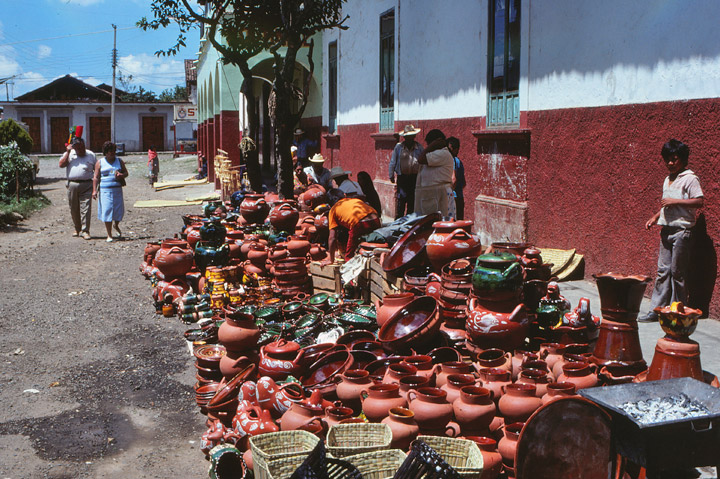
pottery
Morelia is the Capital of the Mexican state of Michoacán de Ocampo. The city is located at 19°42′00″N, 101°11′00″W with an elevation of 1 921 meters above sea level in the region of the Guayangareo Valley, surrounded by the Punhuato and Quinceo Hills. The City is the biggest in the state, and the population of the "conurbated area" was 642,314 people (608,049 in Morelia city), according to the census of 2005 (Segundo Conteo de Población y Vivienda 2005). The municipality of Morelia, of which the city serves as municipal seat, has an area of 1,199.02 km² (462.94 sq mi) and a population of 684,145. It includes such outlying towns as Morelos and Capula. The city's mayor is Fausto Vallejo, from the PRI. It is his third non-consecutive term as presidente municipal.
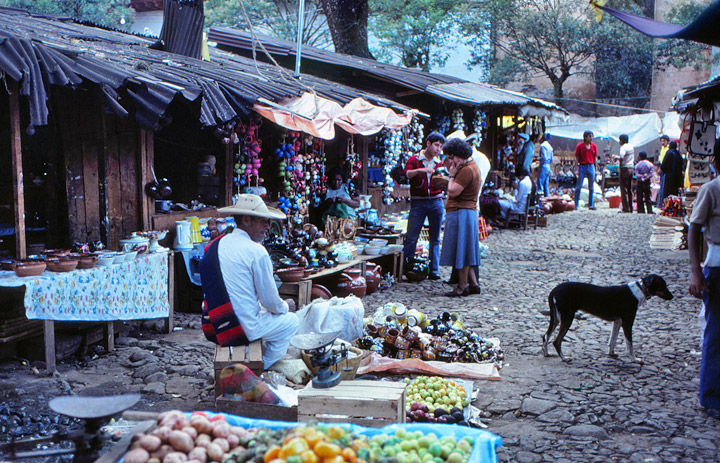
The Historic Downtown Area (Centro Histórico) encompasses approximately 150 city blocks at the city center, roughly corresponding to the urban area of the city at the end of the eighteenth century. The Centro Historico contains over 1,000 historical buildings and sites.
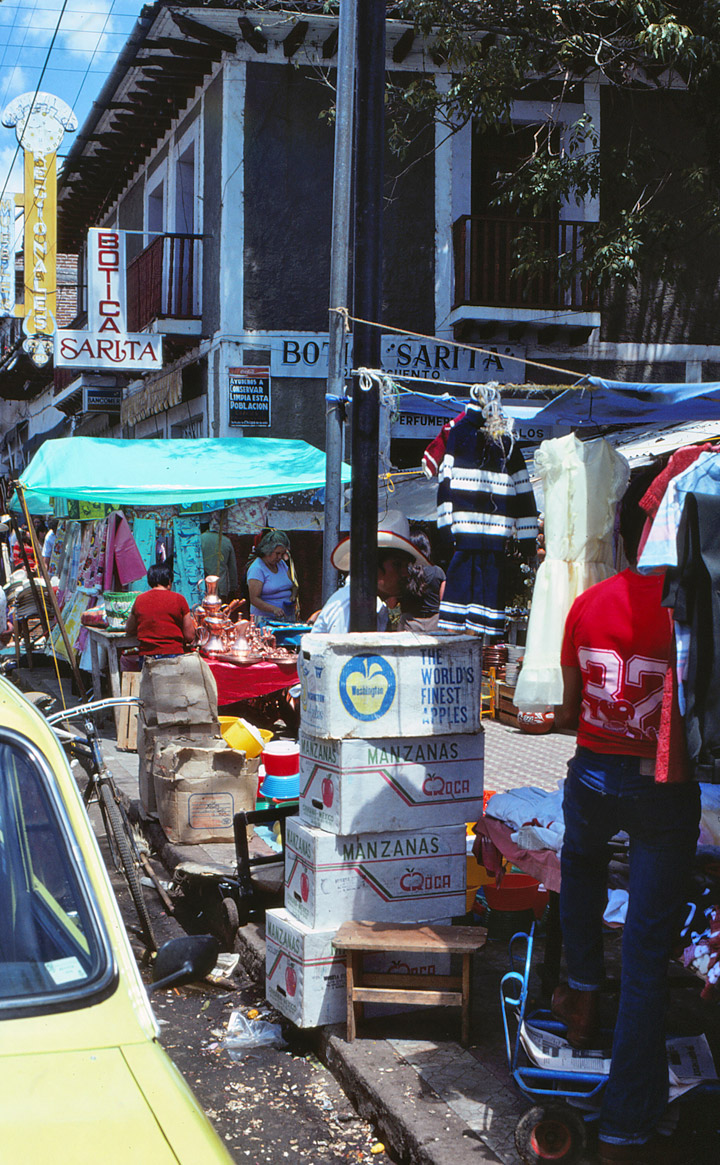
Morelia is characterized by the magnificence of its monuments which are mostly
colonial. The most remarkable buildings are the baroque cathedral, finished in
1744; the convent of San Francisco, built in 1513; the convent of San Agustin,
founded in 1550; the college and temple of La Compañia de Jesus, started in 1580
and known as Palacio Clavijero; the convent of El Carmen, constructed in 1597;
the convent of Santa Catarina that dates from the seventeenth and eighteenth
centuries.

Other important constructions are the 1613 convent of La Merced, the college of
Santa Rosa María whose foundation was in 1743; the palace of the Executive, its
construction started in 1734 and finished in 1770; the eighteenth century
palaces of the Legislature and of the Judiciary; the sixteenth century college
Primitivo y Nacional de San Nicolas de Hidalgo, reconstructed in 1882, the
eighteenth century museum Michoacano; and the house where Jose Maria Morelos was
born, on Corregidora street, which is now used as a museum, library and for
cultural events.
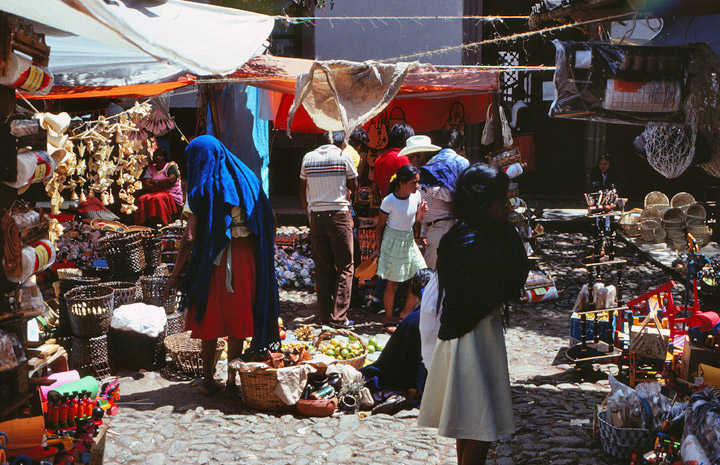
The Casa de las Artesanías features a large variety of high quality artisanal
works. There are several other notable historical churches in town including the
Templo de las Rosas annex to the Conservatorio de las Rosas, which are both
examples of baroque architecture, and the Templo de San Diego (also known as
Santuario de Guadalupe), built with an interpretation of the Rococo style using
indigenous colors and techniques. The monumental aqueduct, built in colonial
days to bring water into town, was functional through 1910. It is made up by
more than 250 arches. Its construction started in 1787 and finished in 1789. The
inner city is built of reddish sandstone, lending the city a unique character
among Mexico's many noteworthy colonial cities and giving origin to the name
"Ciudad de las Canteras Rosas" that is sometimes used in reference to Morelia.
Text from Wikipedia
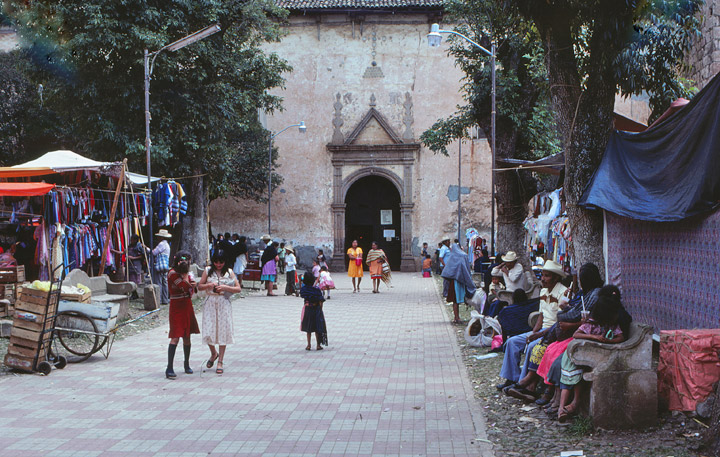
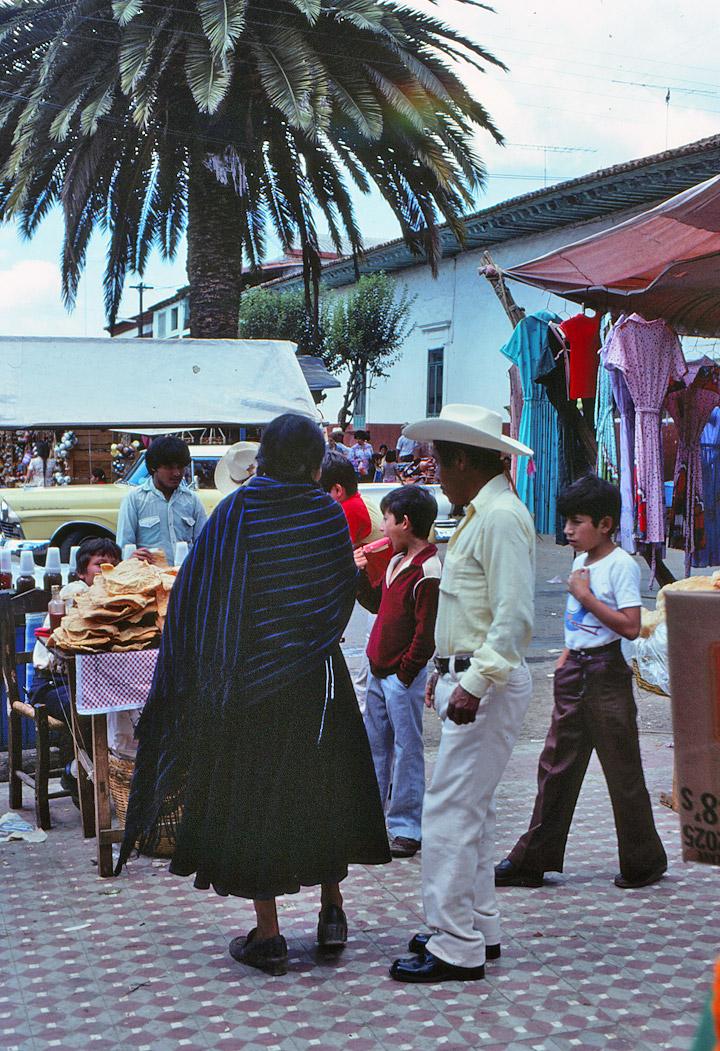
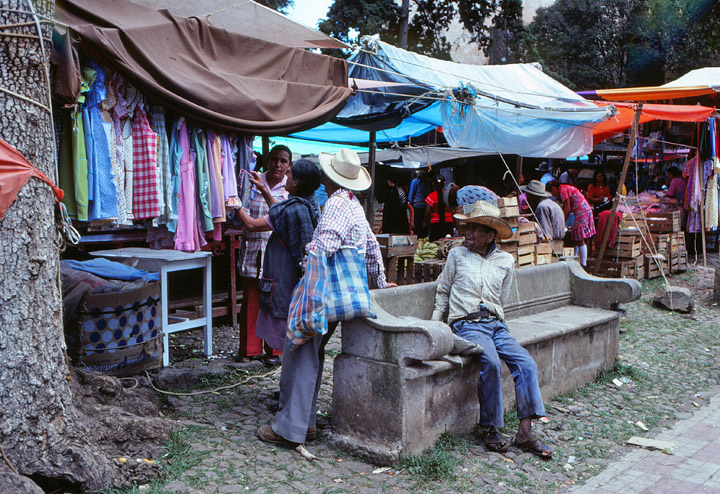

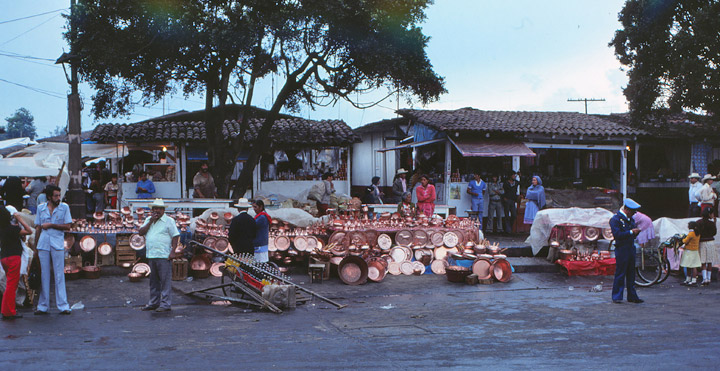
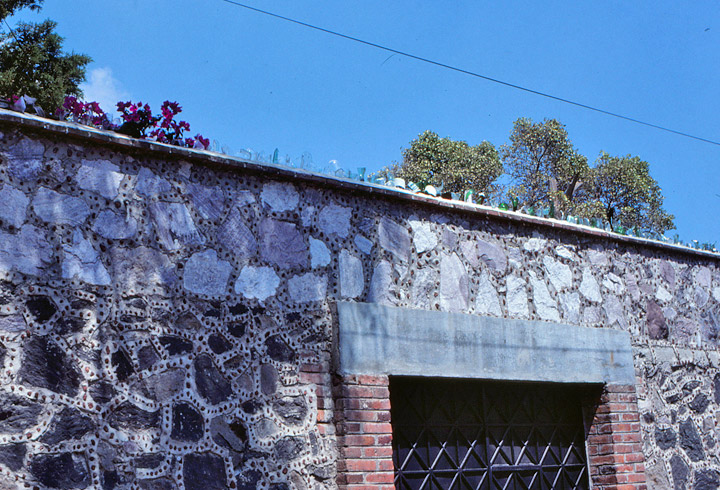
broken glass as a top of wall protection


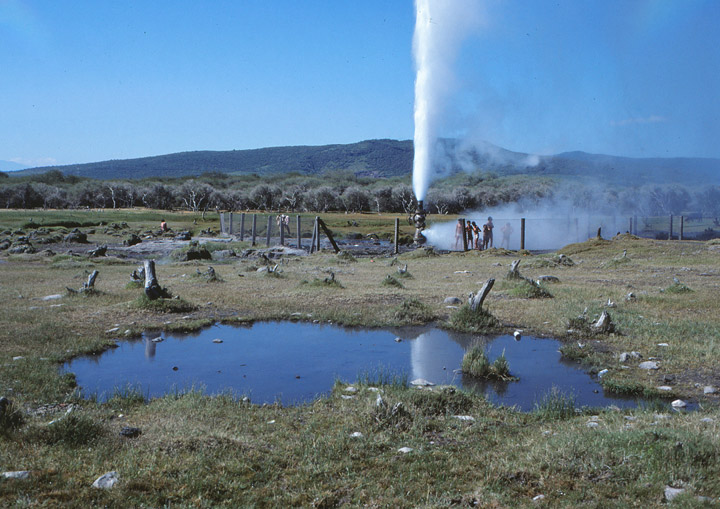

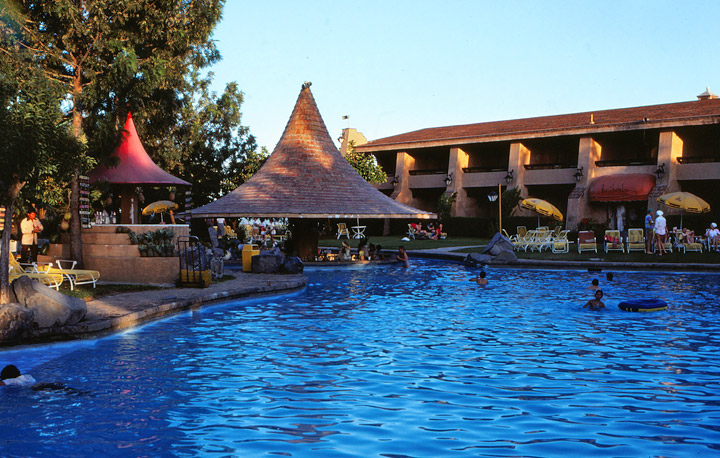
a fine hotel